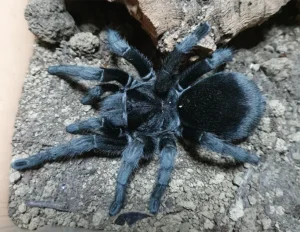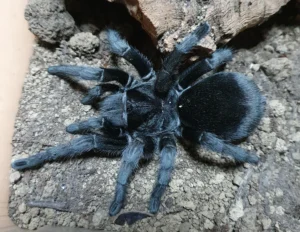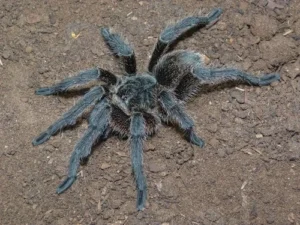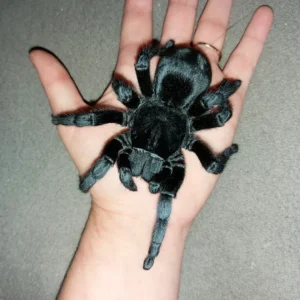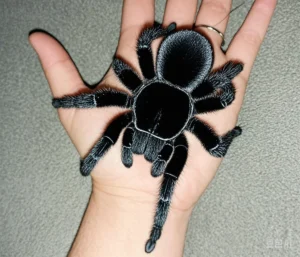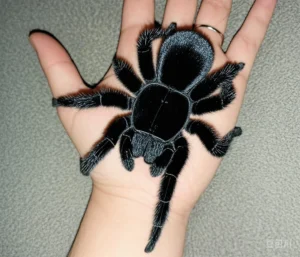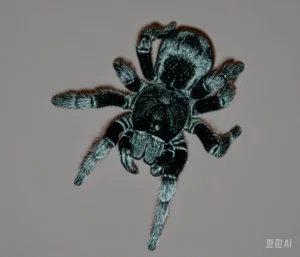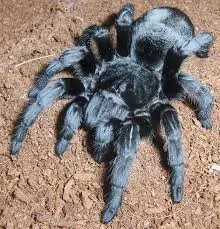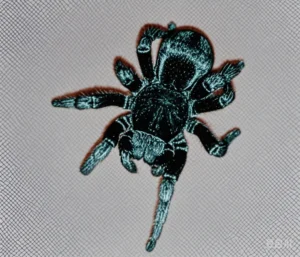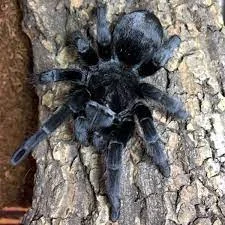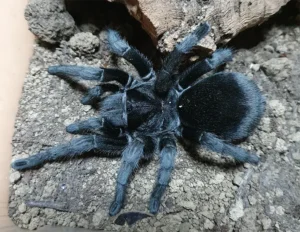Tarantula Behavior
Captive vs. Wild Grammostola pulchra: Behavioral Plasticity in Response to Environment
Introduction: Nature vs. Nurture
The behavior of an animal is shaped by both its innate genetic predispositions and its interaction with the environment. *Grammostola pulchra*, known for its relatively calm demeanor in captivity, experiences vastly different conditions compared to its wild counterparts. This raises questions about behavioral plasticity – the ability of an organism to change its behavior in response to environmental cues. Comparing captive and wild individuals highlights how different pressures shape their daily lives.
Key Environmental Differences
Understanding the behavioral shifts requires acknowledging the contrasting environments:
| Factor | Wild Environment | Captive Environment |
|---|---|---|
| Predation Risk | Constant threat (birds, mammals, reptiles, etc.) | Virtually zero (safe enclosure) |
| Food Availability | Scarce, unpredictable | Abundant, regular |
| Environmental Stability | Fluctuating temperature, humidity, weather events | Stable, controlled temperature and humidity |
| Space | Large, open habitat (within territory) | Confined enclosure |
| Social Interaction | Potential encounters (mates, rivals) | Usually solitary |
Activity Levels and Space Use
Wild *G. pulchra* likely exhibit activity patterns primarily driven by foraging needs, mate searching (mature males), and thermoregulation. They may utilize a larger territory around their burrow. In captivity, with food provided and no need to search for mates (usually), activity levels might be lower overall. Much time is spent sedentary within the burrow or hide, though some nocturnal exploration of the enclosure still occurs. Mature males in captivity still show increased wandering behavior.

Feeding Behavior and Response
Wild specimens must be highly opportunistic, taking prey whenever available. Their feeding response might be more vigorous due to hunger. Captive specimens, often fed regularly, may sometimes refuse food if not hungry. Their tarantula behavior adaptation captivity includes adjusting to a predictable food source, potentially leading to a less aggressive feeding response compared to a starving wild counterpart.
Defensive Behavior
This is where one of the most significant differences likely lies. Wild *G. pulchra*, facing constant predation threats, would likely be far more defensive. They might readily flick urticating hairs, adopt threat postures, or even bite if disturbed or cornered. In contrast, captive-bred *G. pulchra*, especially those handled gently from a young age, learn that the large shapes outside their enclosure are not threats. They become habituated, leading to the prized docile temperament. However, even captive specimens retain their defensive instincts and can display them if sufficiently stressed or provoked.
Temperament is Not Guaranteed: While known for being docile, individual captive tarantulas can still vary in temperament. Never assume a tarantula won’t defend itself.
Burrowing Behavior
In the wild, a deep, well-maintained burrow is critical for survival. Wild *G. pulchra* likely invest significant energy in burrow construction and maintenance. In captivity, if provided with deep substrate, they often exhibit strong burrowing behavior. However, if only shallow substrate or artificial hides are offered, they adapt to using those structures, demonstrating plasticity in shelter use based on availability.
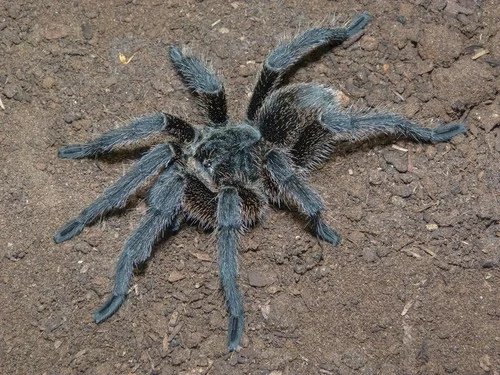
Behavioral Plasticity
*Grammostola pulchra* demonstrates considerable behavioral plasticity. While its core instincts (predation, defense, burrowing) remain, the threshold for eliciting certain behaviors (like defense) and the patterns of activity and feeding are clearly modified by the vastly different conditions of captivity versus the wild. This adaptability contributes to its success both in its natural environment and as a popular species in the pet trade.
Comparative points based on ecological principles and common observations in tarantula husbandry.

